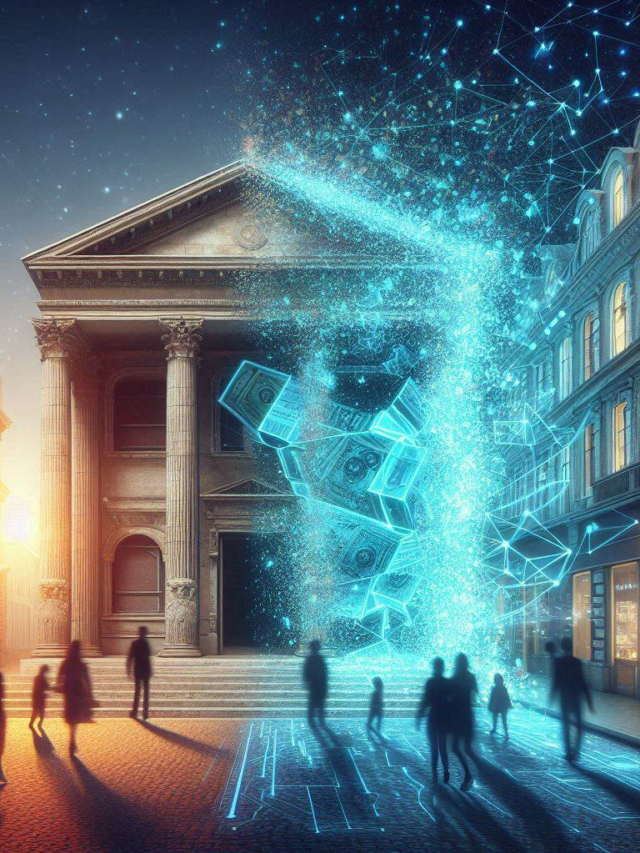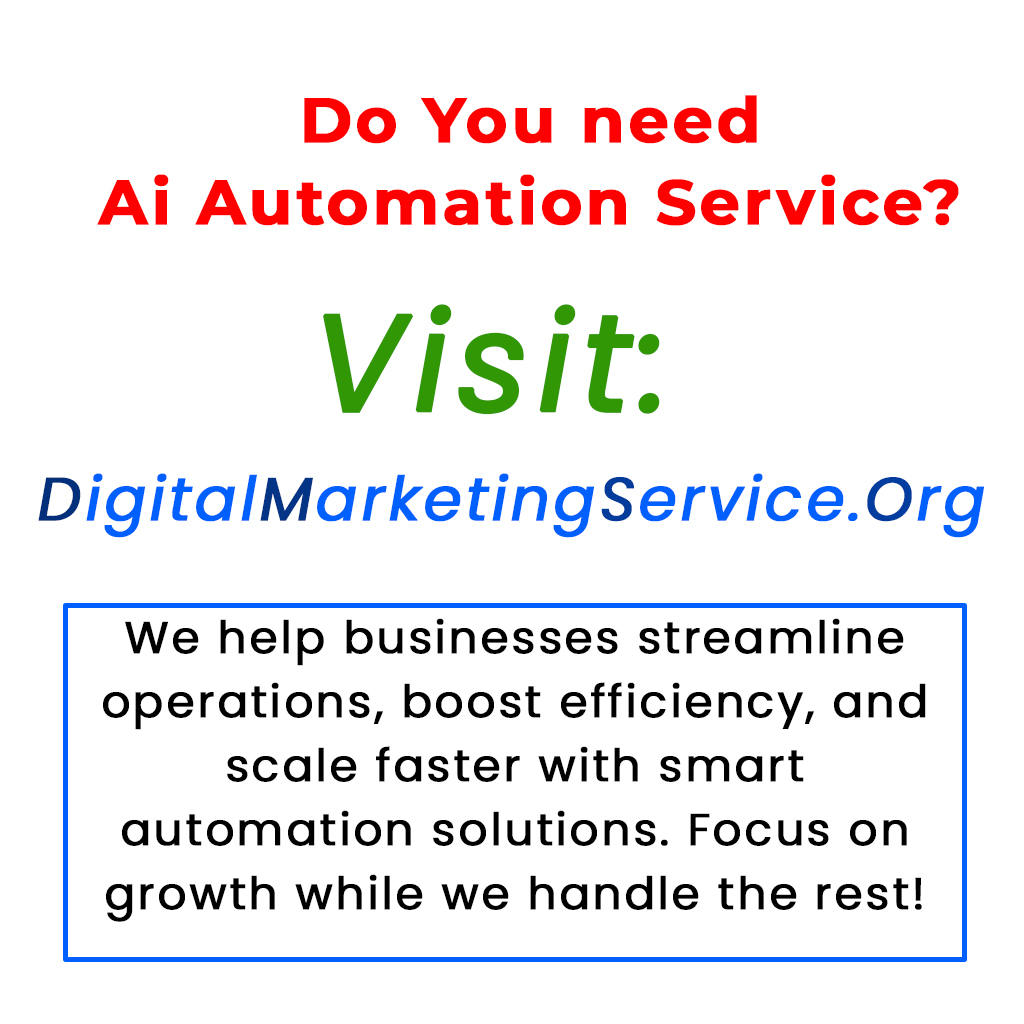Web3 is currently facing some challenges, but its unique strengths could allow it to outpace Web2 in the future. This article discusses how AI Agents are transforming both Web2 and Web3. While Web2 has effectively utilized AI for tasks like sales and Marketing, Web3 incorporates blockchain technology to create new applications, especially in decentralized finance (DeFi). Web3 AI Agents offer advantages such as token incentives and improved data utilization. Although it may take time for Web3 to find its footing, the potential for growth and innovation is significant, as these agents could redefine the industry landscape and enhance automation in the digital economy.
As we witness the ongoing evolution of AI agents, the competition between Web2 and Web3 is becoming more significant. While Web3 currently faces hurdles, its distinct advantages suggest it could not only compete with Web2 but also transform the industry landscape in the future.
Author: Defi0xJeff, Head of Steak Studio
Compiled by: Ashley, BlockBeats
In recent years, AI agents have become a staple across various sectors in Web2, enhancing efficiency in areas like sales, Marketing, finance, and customer service. Businesses are investing heavily, often spending between $50,000 and $200,000 for advanced AI-driven solutions. The result has been a notable shift from human-operated processes to automated AI systems that work round the clock.
While Web2 has embraced these technologies, Web3 is beginning to harness the power of AI agents differently. By leveraging blockchain technology, Web3 AI agents are creating new possibilities, especially in decentralized finance (DeFi) and other blockchain-focused environments.
Web2 AI agents streamline business operations, but Web3 aims to go beyond mere efficiency. The integration of blockchain offers a wealth of on-chain data that AI can analyze to provide deeper insights and automate tasks in ways Web2 systems cannot match. For instance, new DeFi-focused AI agents can assist users with complex trading activities and protocol interactions, making these spaces more accessible.
As the landscape evolves, we see innovative AI agents entering the Web3 arena. These agents are now integrated with various tools that extend their functionality, making them much more than simple chatbots. They can manage tokens, participate in trading, and assist with numerous decentralized operations.
Despite the potential advantages, Web3 teams face challenges in achieving growth and Market fit in the short term. They need significant recurring revenue to become viable competitors against well-established Web2 companies. However, the community-driven incentives and the global accessibility offered by Web3 give it a solid foundation for growth over time.
In conclusion, while the Web2 AI agents have demonstrated value and Market demand, the potential of Web3 AI agents, backed by decentralized access and the rich data available on blockchains, could lead to remarkable advancements in automation and decision-making. As both sectors develop further, the lines between Web2 and Web3 could blur, leading to a new era of intelligence and efficiency in the digital economy.
Primary keyword: Web3 AI agents
Secondary keywords: blockchain technology, decentralized finance, Web2 AI agents
What are vertical agents?
Vertical agents are specialized AI systems designed to perform specific tasks in narrow fields, like healthcare, finance, or manufacturing. They focus on specific areas to provide better solutions and insights.
How can vertical agents help with track fatigue?
Vertical agents can analyze data from rail systems to identify patterns and problems. This helps railway companies manage maintenance better, leading to less wear and tear on tracks, which can reduce track fatigue.
What is track fatigue?
Track fatigue refers to the weakening of railway tracks over time due to constant use and stress. This can lead to safety risks and costly repairs if not addressed properly.
Can vertical agents predict when maintenance is needed?
Yes, they can! Vertical agents use historical data and real-time monitoring to predict when track maintenance is necessary. This proactive approach can prevent serious issues before they happen.
How do these agents improve safety in rail systems?
By providing detailed analyses and predictions, vertical agents help railway operators maintain tracks effectively. This reduces the chance of accidents and increases overall safety for passengers and freight.






